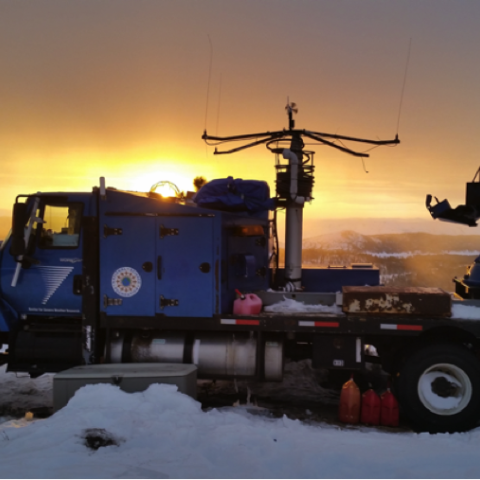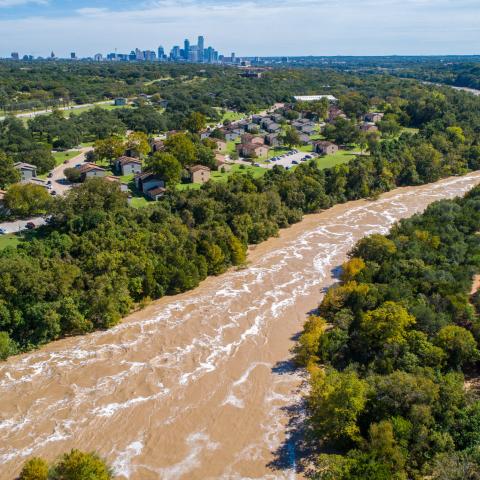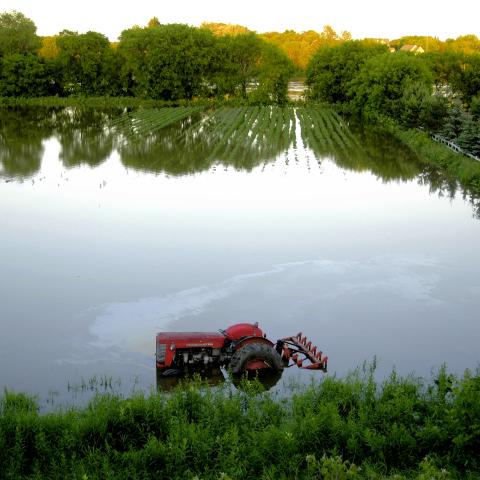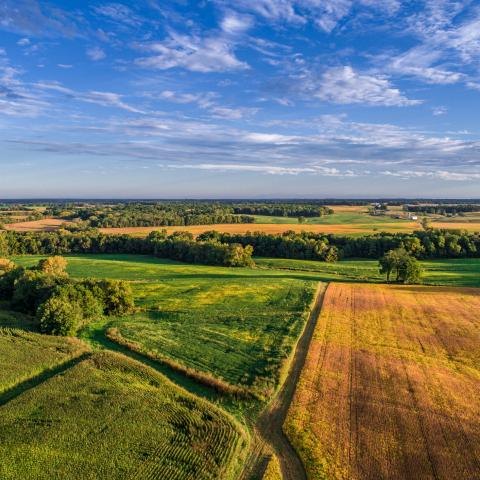Water Impacts
We deliver relevant and timely information about the world’s complex water system, assisting water-resource planners and managers to address issues such as water supply, flooding, droughts, reservoir operations, emergency response, to name just a few. Our directed research and development, including several robust decision-support tools in hydrometeorology, aerosol-precipitation interactions, short-term precipitation nowcasting, cloud microphysical modeling, winter weather, and observational networks, are being implemented and deployed in countless arenas by researchers, water resource utility managers, and decision makers worldwide.




